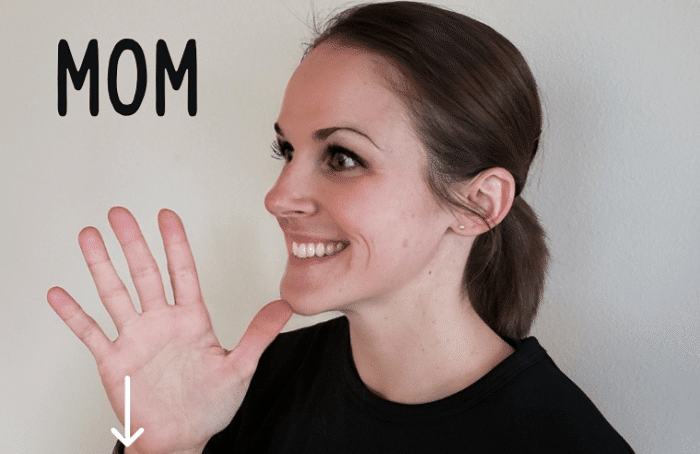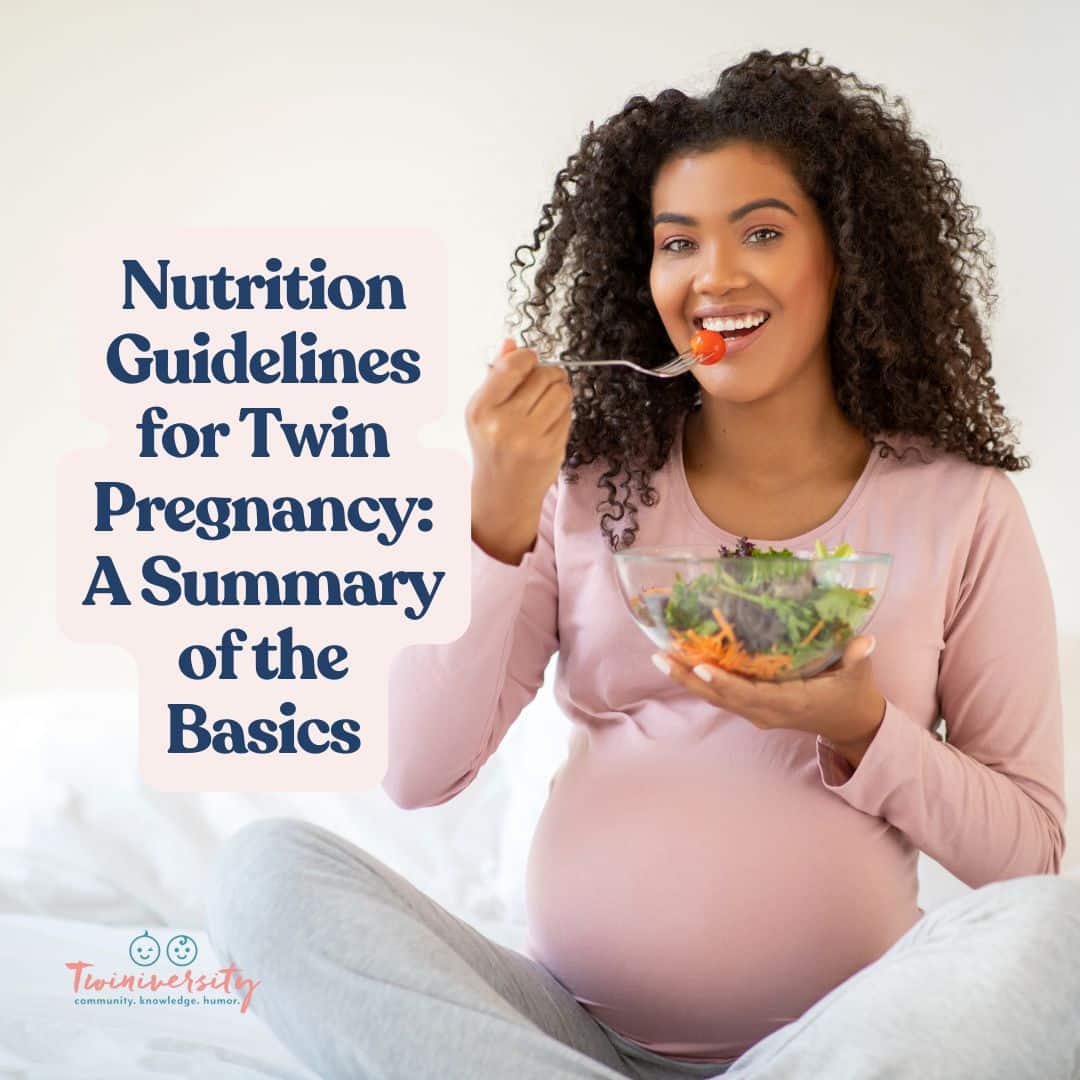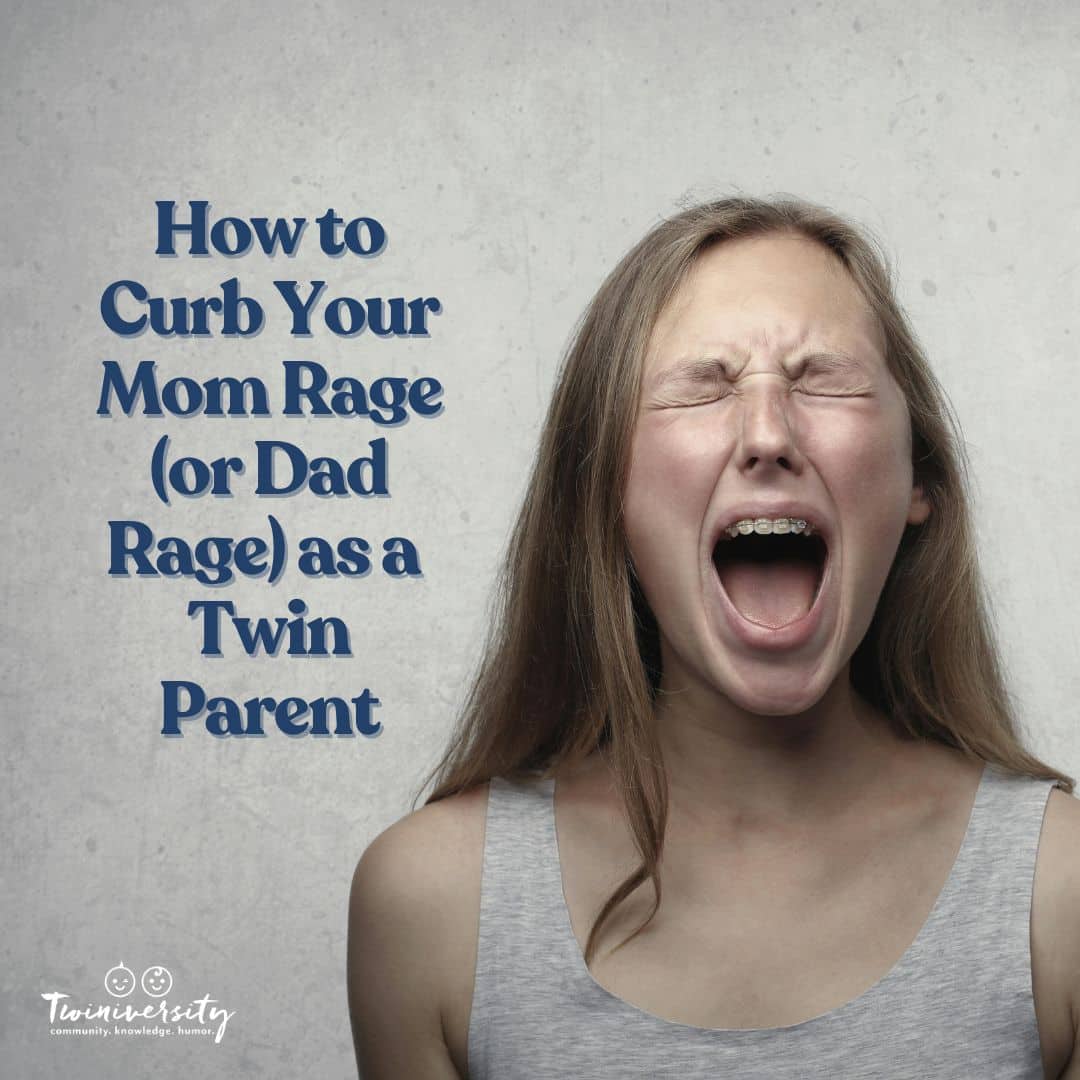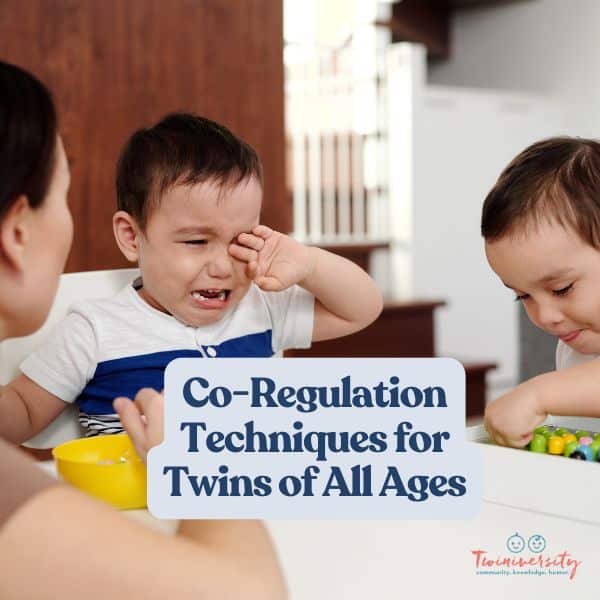Last updated on July 12th, 2024 at 02:46 pm


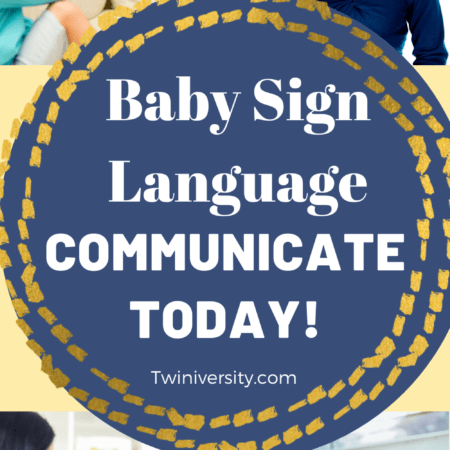
Are you struggling to understand the needs of your infant? Check out baby sign language and how it might take some of the frustration out of parenting.
If you haven’t cried right along with your newborn while you desperately try to check their diaper, shove a bottle in their mouth and rock them all at once in the middle of the night, are you even a parent? We have all been there at one time or another and we all know how helpless and miserable that feeling can be in the early months of parenthood.
It can be incredibly difficult to figure out what your baby needs or wants before they are able to speak. What can you do about it? Waiting until they can verbally communicate is certainly an option and one that many new parents choose. But, what if you could teach your infant a few words of baby sign language?
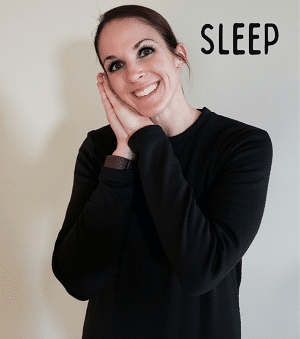
How much easier would just a handful of signs make your life? How many fits and crying bouts could you steer clear of if you knew your 9-month-old needed milk or a diaper? Probably a whole lot. And with twins, even more!
So what exactly is the deal with baby sign language? How do you go about teaching it, where can you turn for help, and what are the benefits to you and your baby? Check out some of these ideas to help you get started communicating with your infant using baby sign language today!
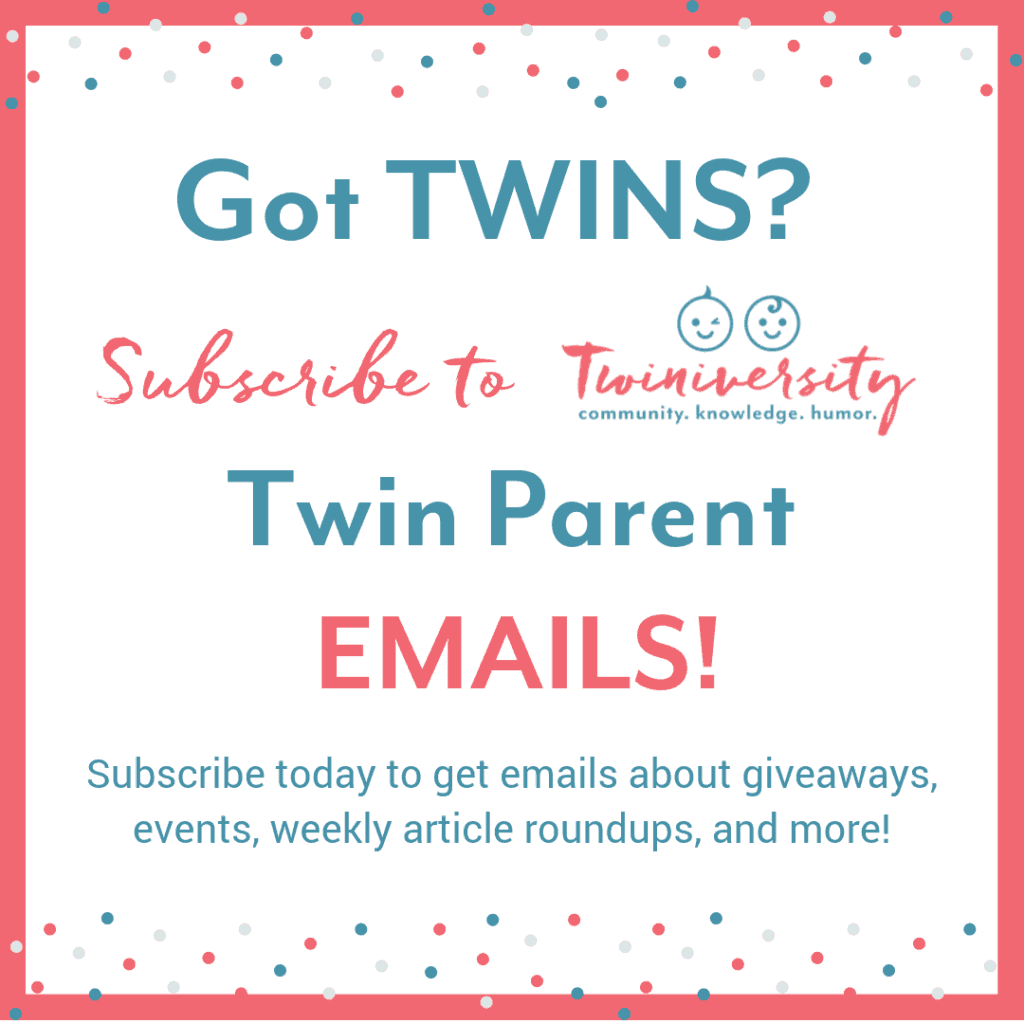
Want to be the first to know about giveaways, deals, and more just for twin parents? Sign up for the Twiniversity email list! Subscribe today to get emails about giveaways, events, weekly article roundups, and more! Pregnant with twins? We’ll be sending you a weekly twin pregnancy email to keep you on track with your pregnancy to-do list! Click here to learn more… and while you’re at it, check out our Complete Baby Safety Course and Twin Parent Memberships.
At What Age Should You Start Baby Sign Language?
The best part about baby sign language is that you don’t need to worry about your baby being too old or too young to get started. You can decide to get started teaching baby sign language virtually at any age. Use your own timeline and judgment to decide when the time is right for your family. Many experts suggest they might be ready to copy signs more quickly if they have already shown an interest in your hands, so that may help you to narrow down your readiness window.
Many babies can sign at about 8 months of age, long before they can actually speak to communicate. Keep in mind that just like with many other developmental milestones, this is merely an average and it is quite common for a baby not to pick up baby sign language until closer to their first birthday.
Twins may begin to use baby sign language at different times as well. One twin may pick it up at about 9 months and then the other may not until 12 months. It is very individual and as usual, you don’t want to compare your babies with each other or any other little ones you may know.
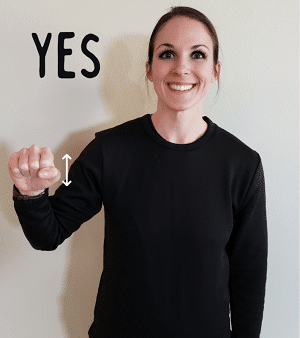
How Do You Start Sign Language With Your Twins?
As parents, we instinctively create talking opportunities from the moment we bring our babies home. We talk them through daily activities and vary our conversations by singing nursery rhymes and reading books. So early on and without realizing, we are establishing a communication routine that will foster baby sign language. All we need to do to expand on this is add a few signs to our conversations.
While many choose to wait until their child can maintain eye contact, you can introduce baby sign language at any time – even as early as birth! Whichever route you take, be sure to pair it with spoken communication. Pick a series of signs that relate to your children’s schedule. This will allow for sign language to feel more fluid and will provide ample opportunities for exposure. The more opportunities presented, the more chances for successful communication.
What Are Some Basic Signs to Start With?
The great news is you do not need to be fluent in sign for your children to catch on. In fact, you can learn together! When starting, choose 5-10 basic signs that relate to your babies’ immediate needs and a few signs of objects they are interested in. You do not need to set aside a specific time to sign. Simply incorporate the signs into whatever you are doing with your babies. Remember – baby sign language is simply used as a bridge to verbal communication, but we do not want to replace it. So be sure to always verbalize the word you are signing. Here are a few signs to help get you started!
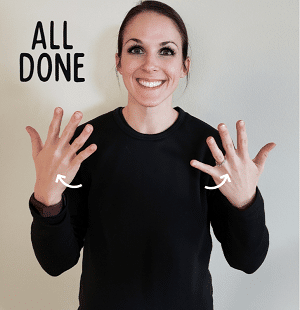
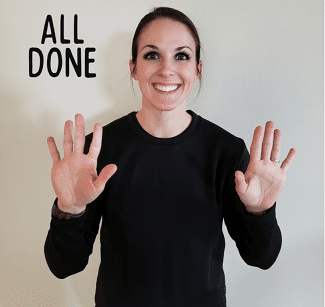
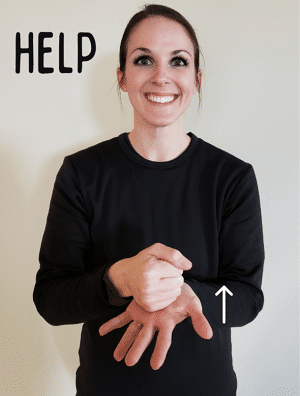
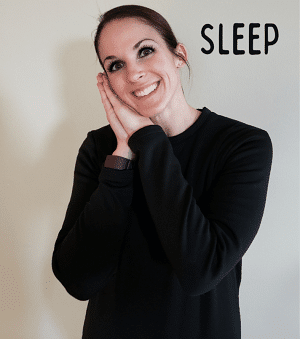
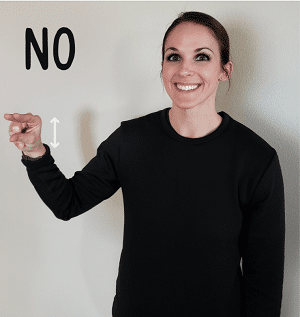
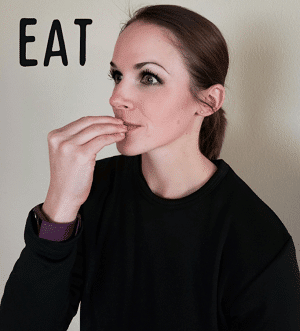
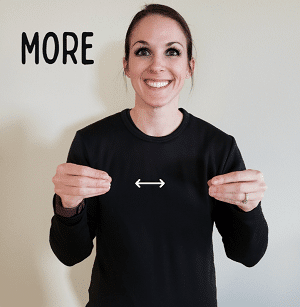
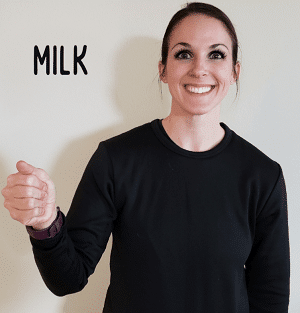
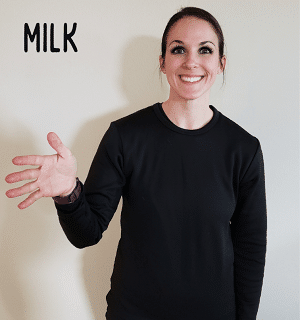
Please do not get frustrated if your babies use signs incorrectly or do not start using signs right away. The purpose of baby sign language is to improve communication and decrease frustrations, not instill perfection. Be patient and respect your children’s timeline.
Is Baby Sign Language the Same as ASL?
The short answer here is no. ASL stands for American Sign Language. It is the most commonly used form of sign language in the U.S. and is used in other English speaking countries (but not all) as well. ASL has its’ own grammar and proper sentence structure. Baby sign language does not. Baby sign language is just one word at a time so that hearing parents can communicate with hearing babies before they are able to speak to vocalize their needs and wants.
But think of it this way, is baby talk the same as speaking English? Sure. It’s just a simpler version of the English language. So while your 10-month old may not correctly sign “May I have some milk?” the sign for “milk” implies that they are asking for milk. The same is true when your 17-month old says “Milk, please.” It is their basic way of asking politely for milk, even though half of the sentence is actually missing. We give little ones leeway with regards to proper grammar and sentence structure while they are learning, whether verbal or using signs.
So no, technically baby sign language is not proper ASL, but the signs you teach should come from the language. When a parent or caregiver makes up their own signs it can cause confusion and frustration. You are more likely to forget the exact sign and then complicate the teaching process. It is much easier to use the established ASL signs for the most basic words your baby needs to know.
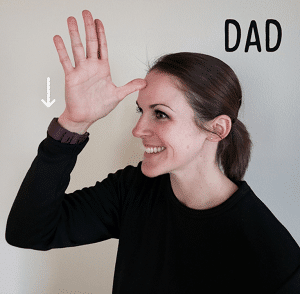
Success Stories of Baby Sign Language and Twins
I began teaching my twins sign language at 3 months old. I started simple, using 1-2 signs that easily fit into their schedule. Once they started eating solids, I incorporated a few more related to mealtime. Even though my children did not respond to sign language right away, I remained patient and continued to sign through a variety of settings. At ten months old, my daughter signed the word “milk” as we walked past the dairy aisle. This was the first time she had ever signed. I was so excited that I ended up buying a gallon of milk even though we did not actually need it. That one sign was all it took for it to snowball. After that day, my daughter started signing a ton of words and her twin brother followed suit.
The more my children were praised for using sign language, the more they did it. Over time I noticed that I did not seem to face the same communication challenges as many other parents. My children were able to express their wants and needs clearly and in turn have those needs met. Because of this, I did not experience meltdowns because of frustrations or misunderstandings. It also empowered my children when in different settings such as play dates and family gatherings as well as developmental milestones like potty training. Months of reciprocated and intentional conversations, between my children and I, lead to earlier speech for both children. The constant conversations and signing made the transition to words and then full sentences much smoother. I genuinely believe that consistently using sign language helped my children to overcome the challenges typically associated with twins and language development.
When Should Babies Start Learning Words?
It is very common for most 1-year-olds to speak a few words. They will probably be a simple one or two-syllable word that will resemble a sound more than a word like “ma-ma” or “da-da”. That is not to say all babies will begin to speak at age one, but it is common. If you have concerns about your child’s speech, speak to your pediatrician.
While there are many factors that can lead to speech and language delays in twins such as having a higher rate of prematurity, developing their own language and less individualized time–sign language is not one of them. Using baby sign language is a proactive way to promote language and overcome this obstacle. Implementing and consistently using baby sign language can accelerate speech and language development and increase their vocabulary. Also, it boosts their self-esteem and confidence because they have a way to successfully communicate and get their needs met.
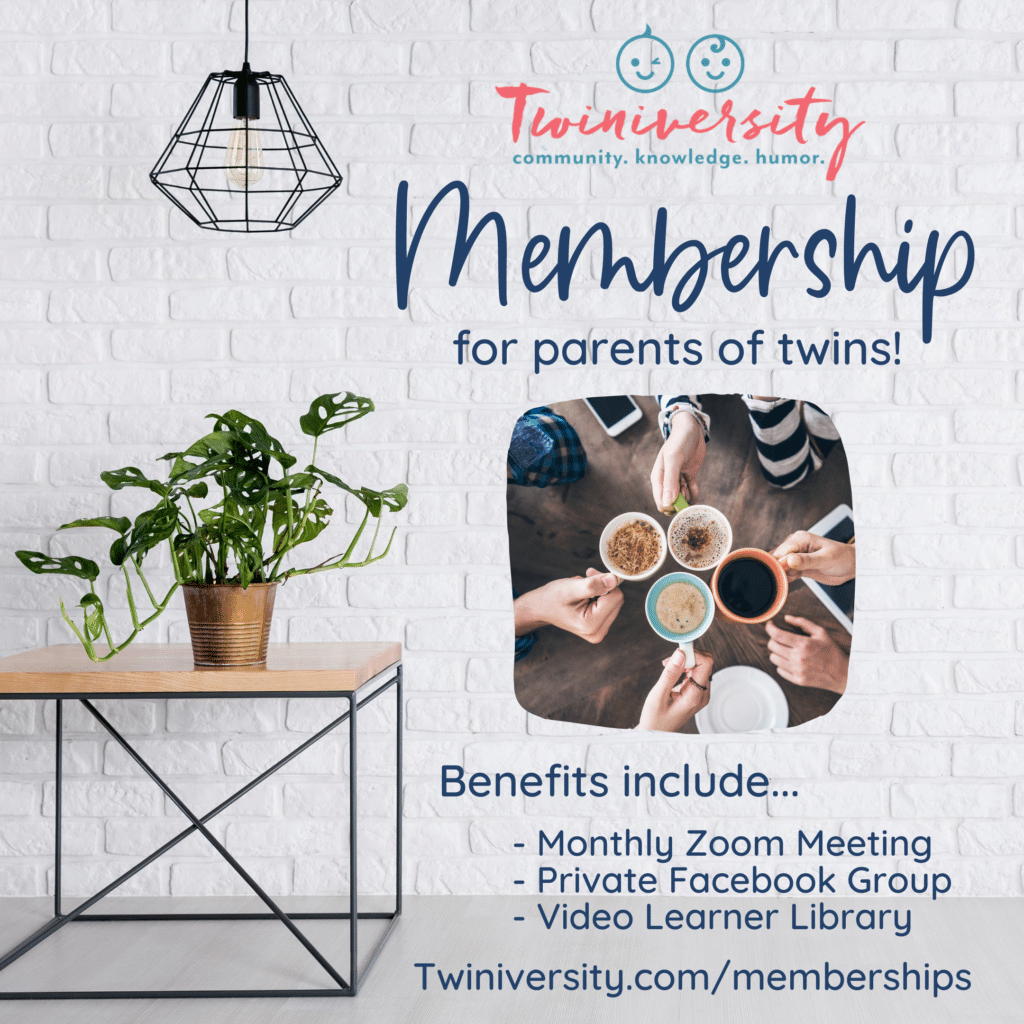
Need some twin parent friends? Get the support you need with a Twiniversity Membership. Benefits include a monthly twin parent club meeting on Zoom, access to a private Facebook group just for twin parents, and a video library of twin parenting lessons. Visit Twiniversity.com/membership to join today!
It is never too late to start signing and it is a tool I would recommend for all families with babies, infants, or toddlers. If you have a larger family, encourage the older children to show their younger siblings sign language. Providing opportunities for the older children to take charge is a great way for siblings to connect and increase communication bonds. If twins are your first, then keep these simple rules in mind:
- Pick a few words that relate directly to your twins’ schedule.
- Incorporate signs into whatever you are doing.
- Speak in complete sentences even if only using one sign.
- Verbalize the word as you are signing.
- Talk directly to your children.
- Encourage any responses from your children.
- Be consistent and be patient.
Parenting is hard. Some days are harder than others. If you can do something to make that easier for you by increasing your baby’s ability to communicate their needs, it might be worth looking into.
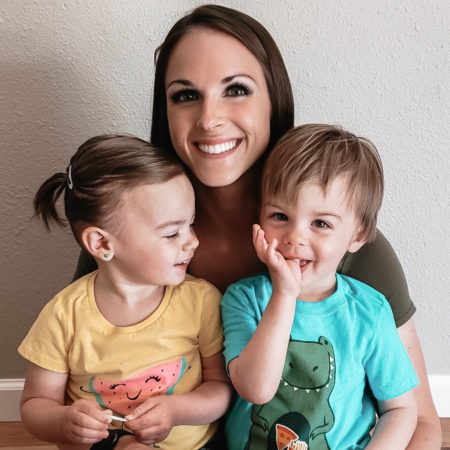
Liz is a former Special Education teacher, now stay-at-home Mom to her spunky toddler twins. She uses years in the classroom and knowledge in development to navigate those tricky child behaviors at home. Liz currently resides in the Pacific Northwest with her husband, Jacob, and twins, Oliver and Eden. If you are interested in following Liz’s journey of parenting twins while navigating a life with chronic illness, you can find her on Instagram @lizvanhyning.

